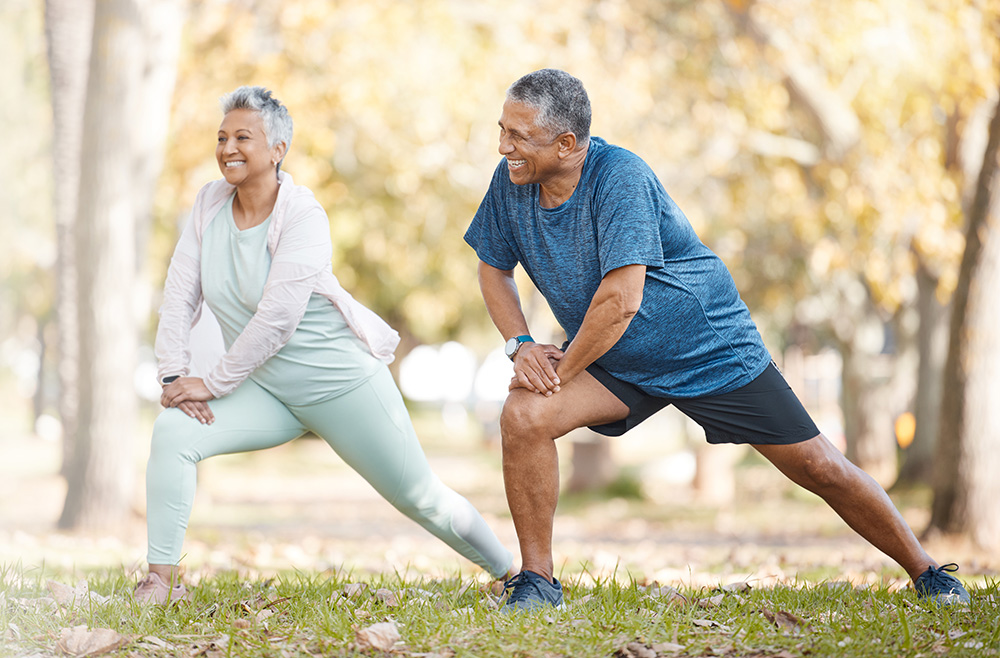
How can sports injuries be prevented? Doctors share tips.
As we get older, staying active becomes even more important for our physical health, mood and overall well-being. And staying active is just as much fun for adults as it is for kids. Many people of all ages look forward to regular runs, training sessions or games on the field as the best part of their week.
Occasional scrapes or bruises can be expected, but a more serious injury can bench an athlete of any level for days, weeks or even months. Taking care of yourself now is the best way to stay in top condition in the years to come.
The experts of USC Orthopaedic Surgery, part of Keck Medicine of USC, share five ways to protect yourself from injury — plus the best way to start healing if you get hurt.
1. Warm up
Stretching, light cardio and calisthenics are great ways to ease your body into action. Warming up will also tell you where your body’s at each day, such as where you’re feeling strong and where you should be gentle.
2. Focus on form and technique
Coaches and trainers typically advise starting a new exercise slowly and focusing on technique. Not only does proper form prevent you from misusing a muscle or wrenching a joint; it also ensures the best results for your effort.
3. Build strength
Strength training offers several benefits, such as increased bone density and more flexible joints. Plus, strong muscles can help absorb shock that would otherwise harm the joints.
4. Listen to your body
Overuse injuries like runner’s knee and tennis elbow tend to come on gradually and can do a lot of damage, but they can be easy to miss at first. If you feel soreness, stiffness or fatigue in a certain area, take things down a notch.
5. Cool down
Stop exercising gradually, then gently stretch and hydrate. It will keep you flexible and play a big part in optimizing your recovery days, which will prime your body for its next challenge.
If you do get hurt, remember the RICE method:
- Rest: An injured area can’t heal if you’re still making it work.
- Ice: Cold compresses will reduce inflammation, pain, bruising and swelling. It’s recommended to ice for 20 minutes at a time every two hours.
- Compression: Keeping an injury snugly (not tightly) wrapped will prevent too much fluid buildup around the injury.
- Elevation: Elevating the injured area will help keep inflammation down and ensure that blood doesn’t pool around the injury between cold treatments.
If you don’t feel better after an hour or so, or if you’re experiencing severe pain, head to a doctor for timely care. Our orthopaedic specialists are experts in a wide range of injuries and personalized treatment plans for the best possible outcomes.
Topics
